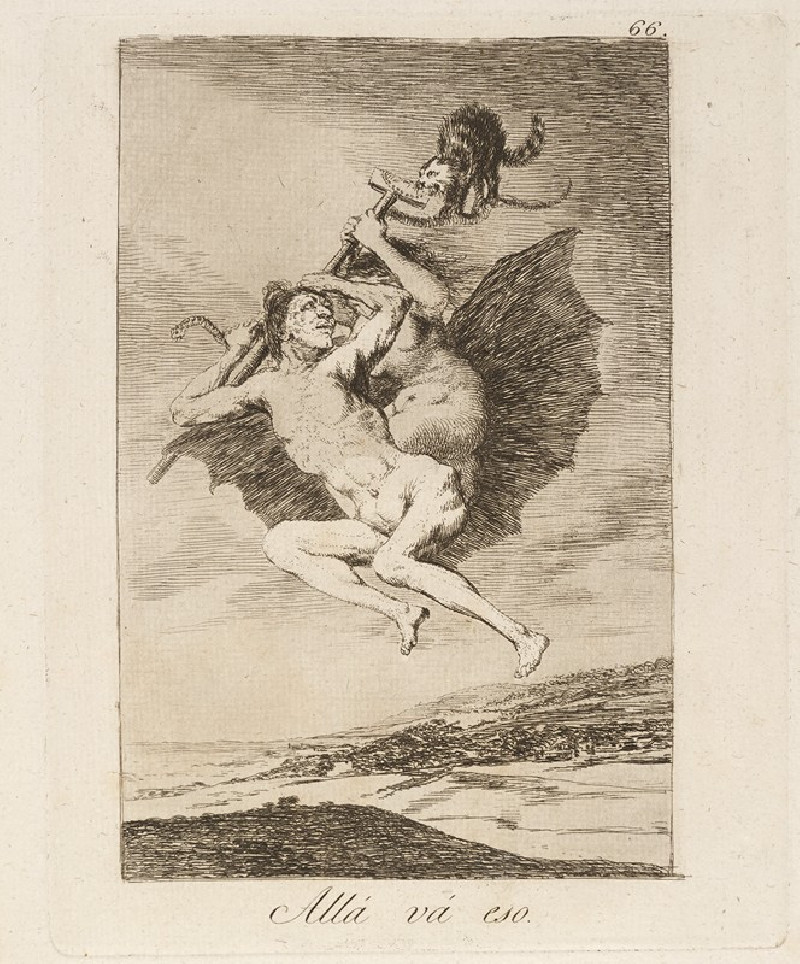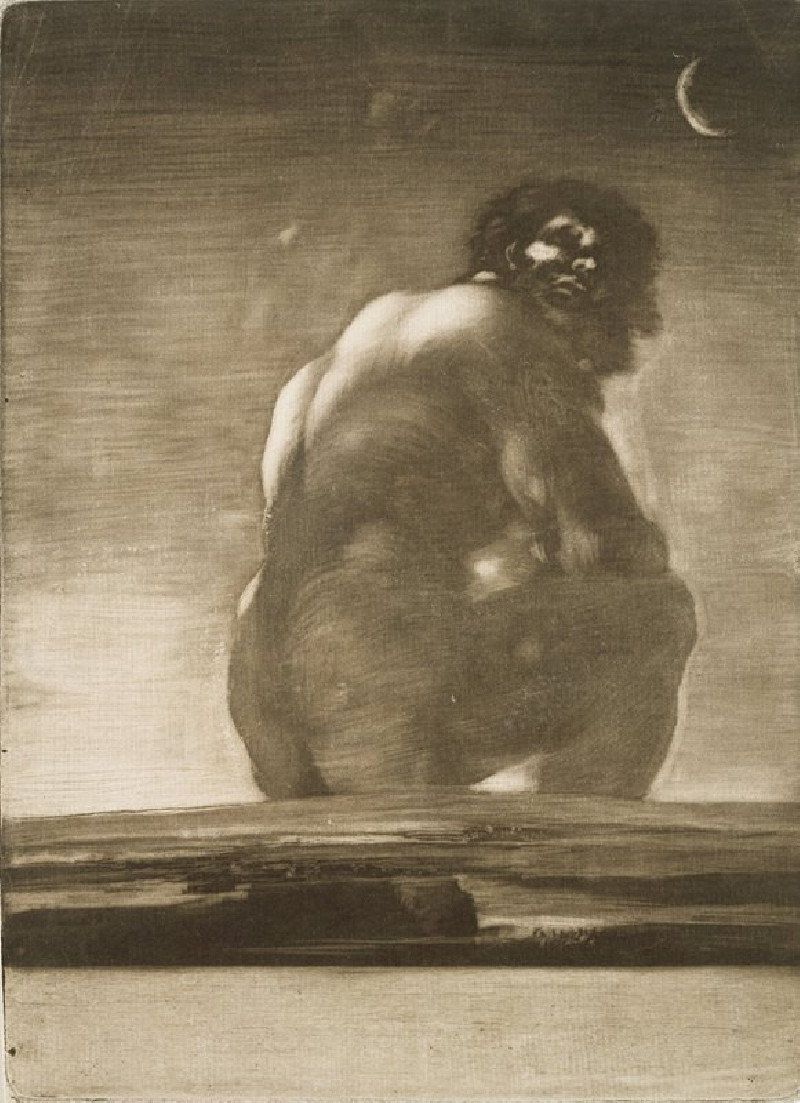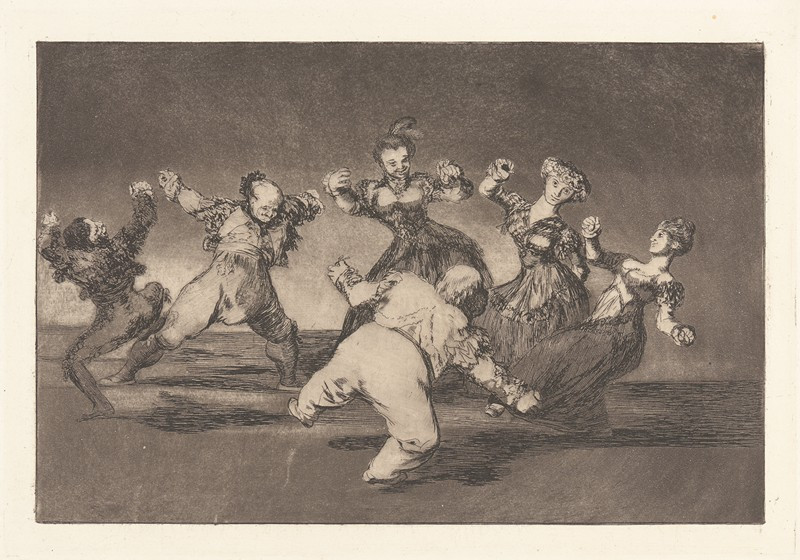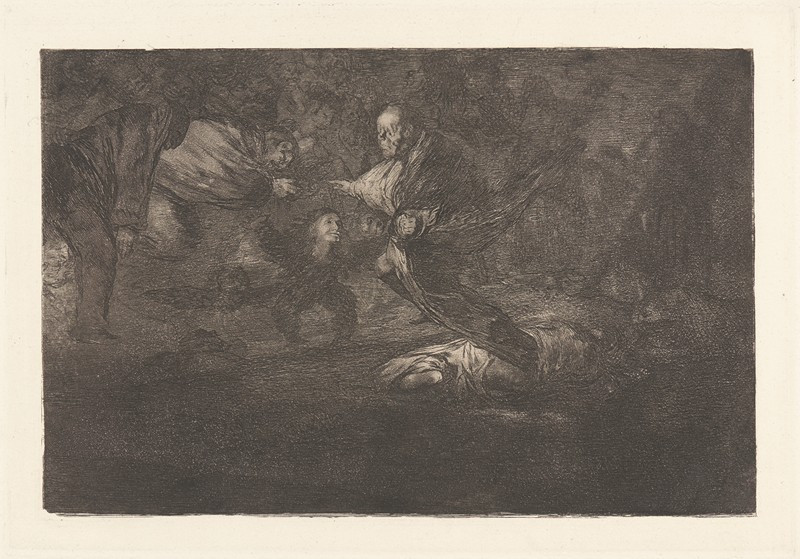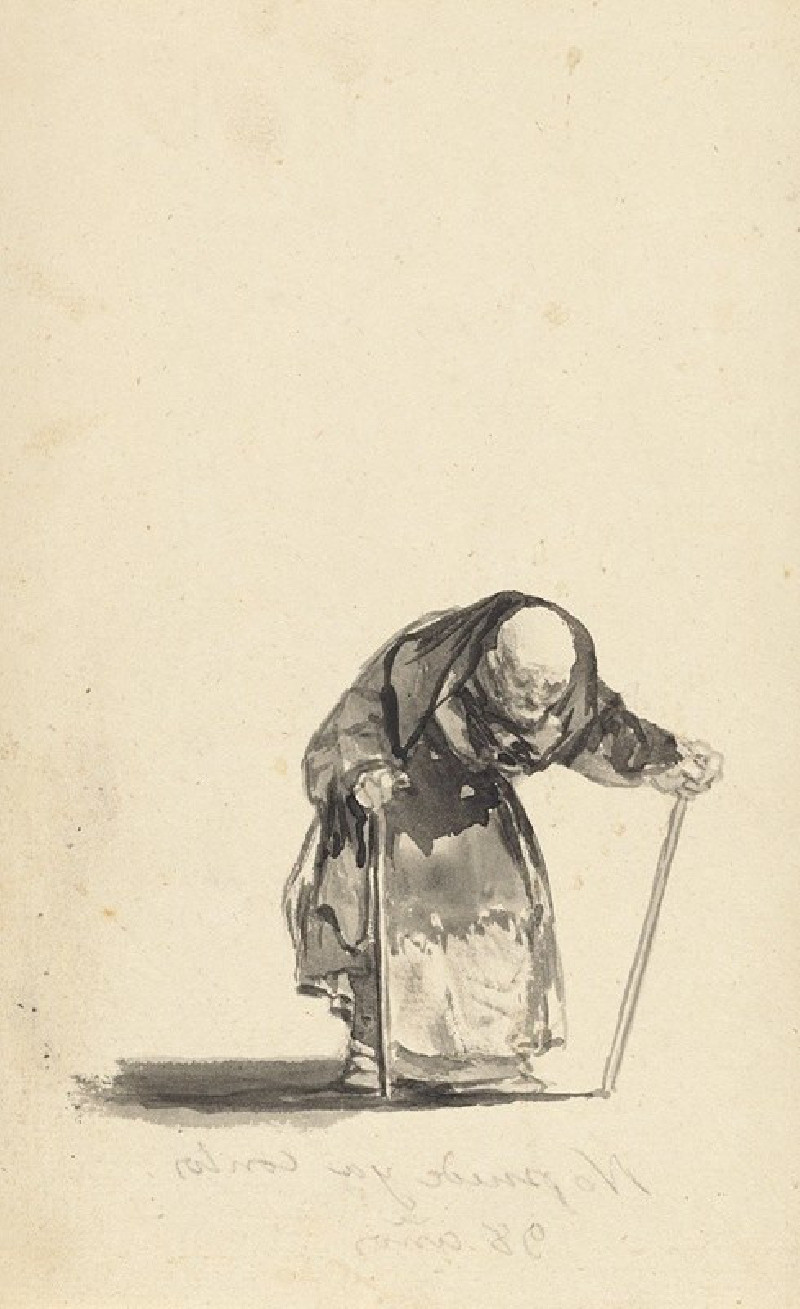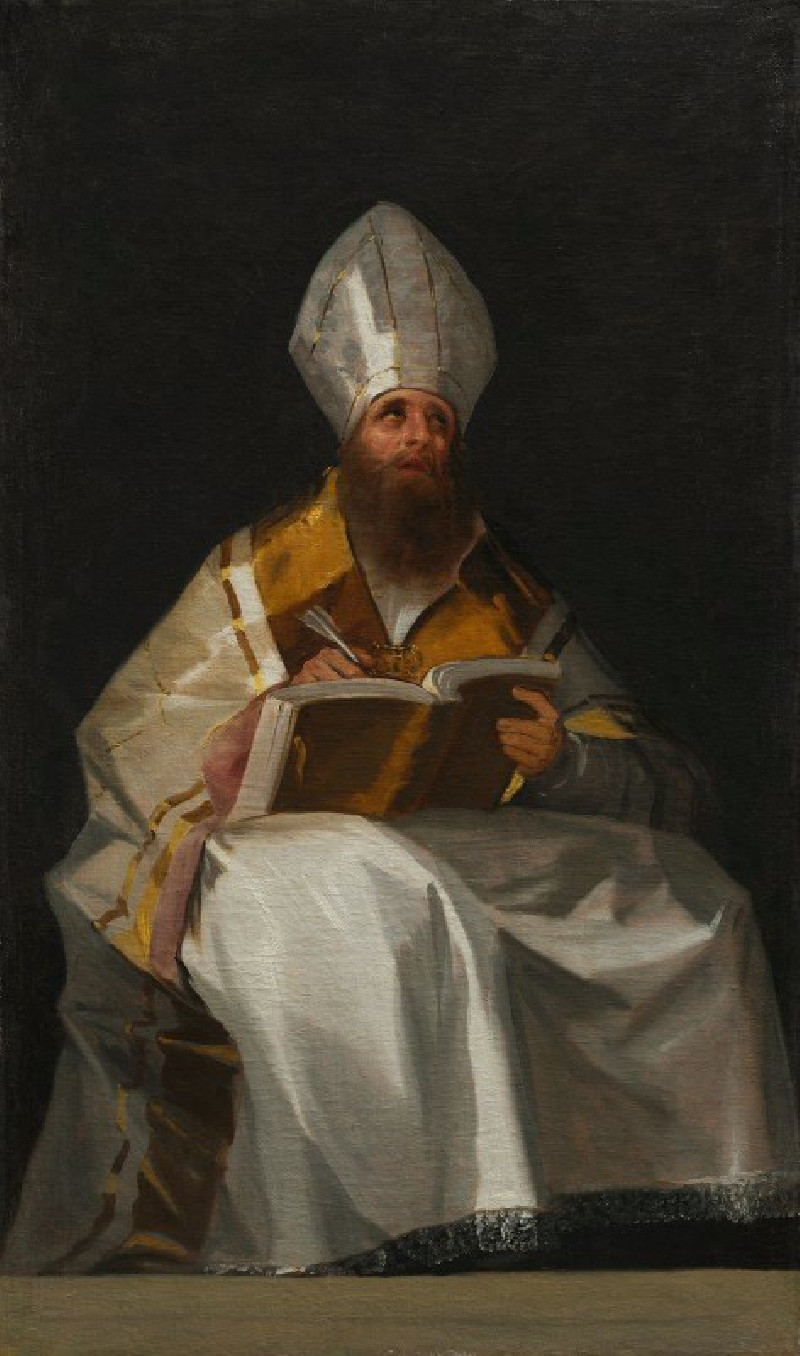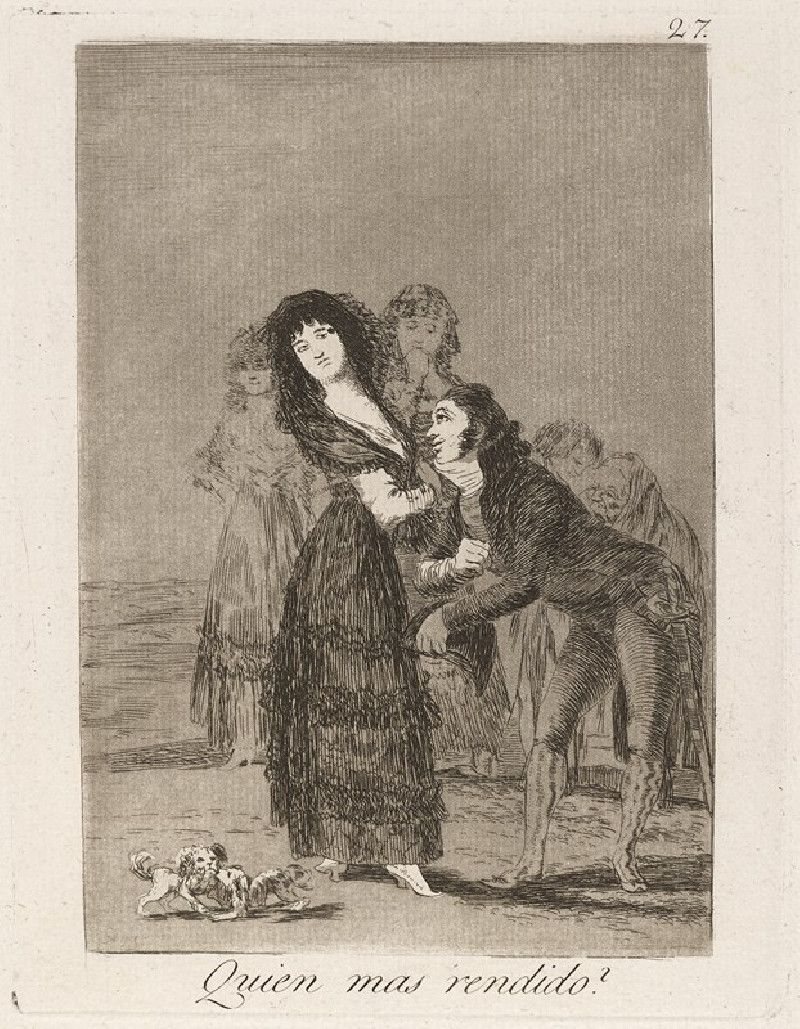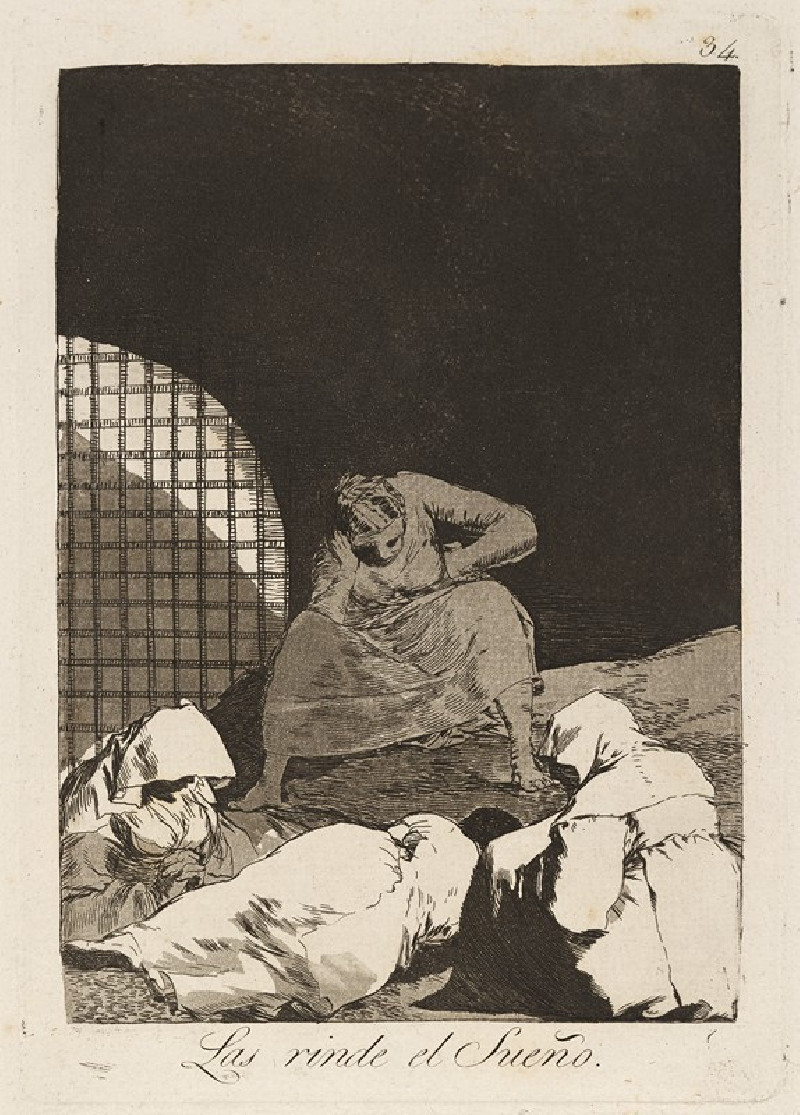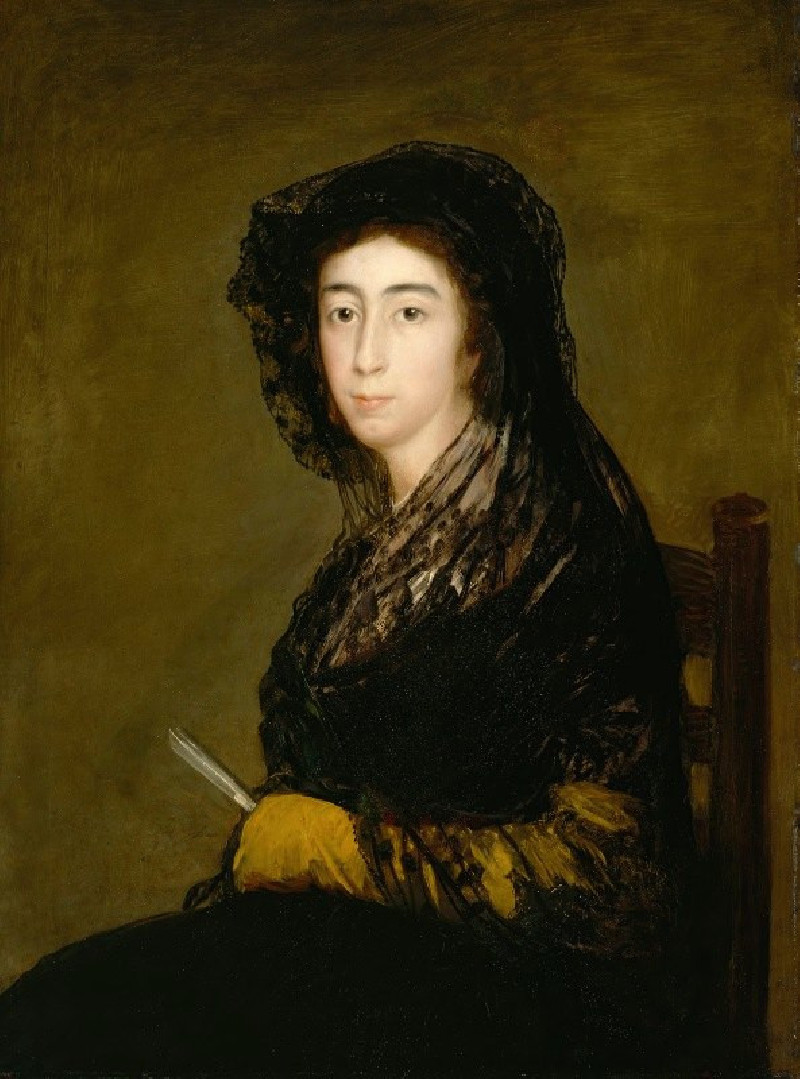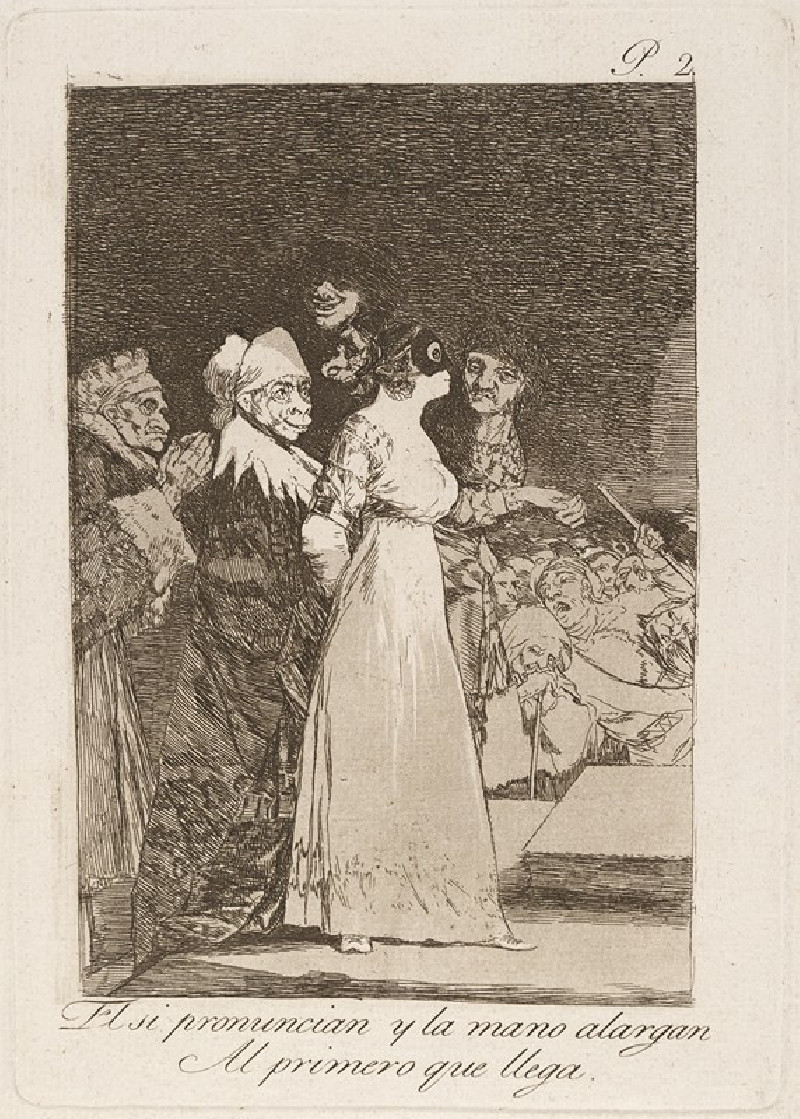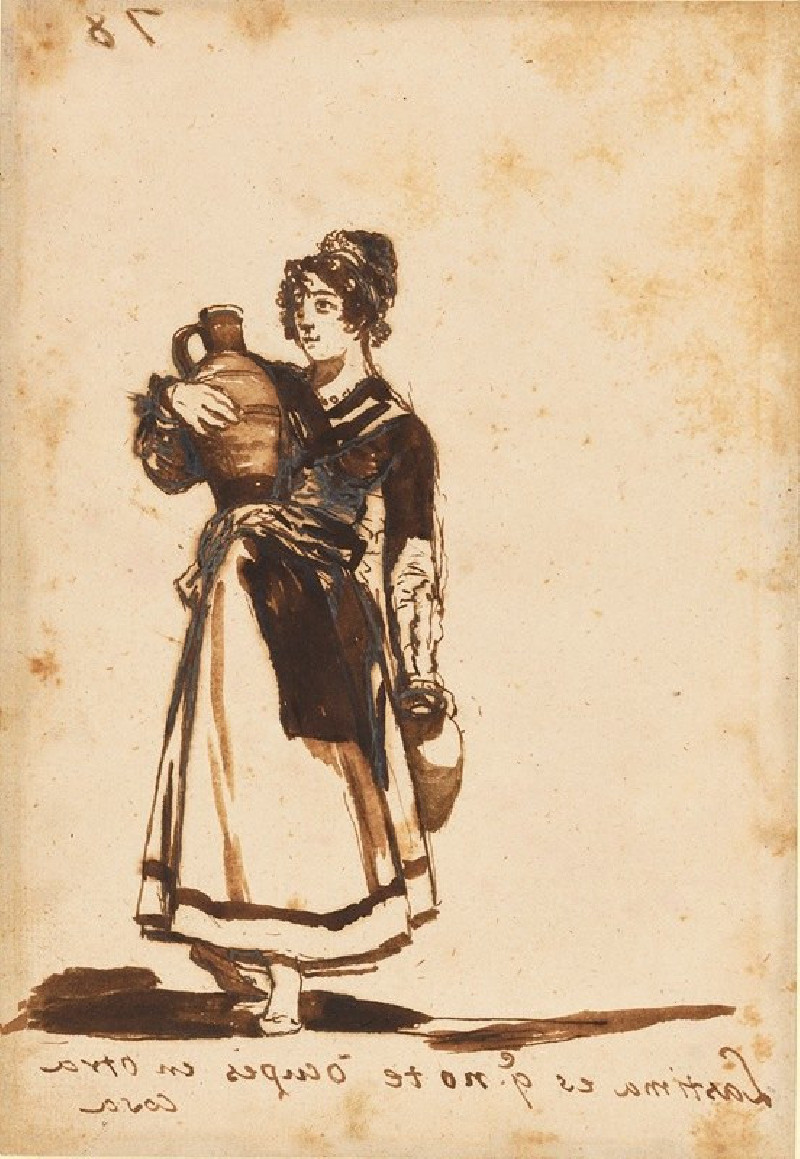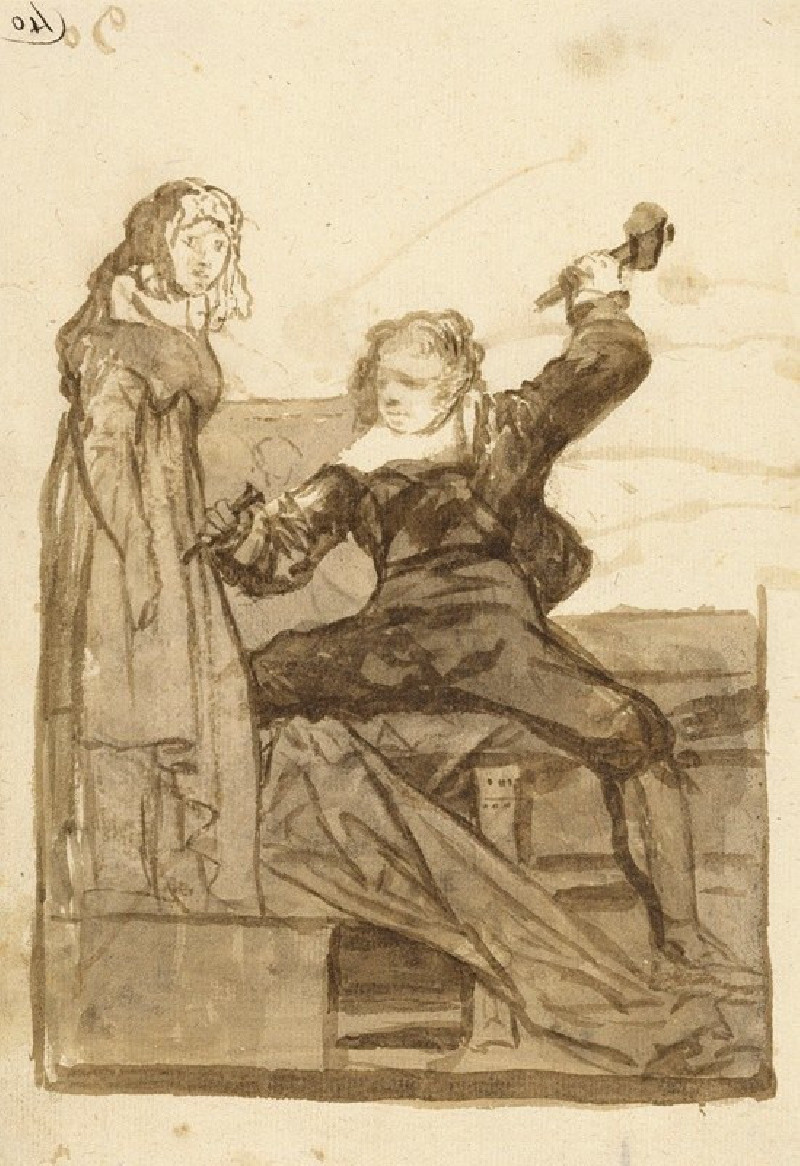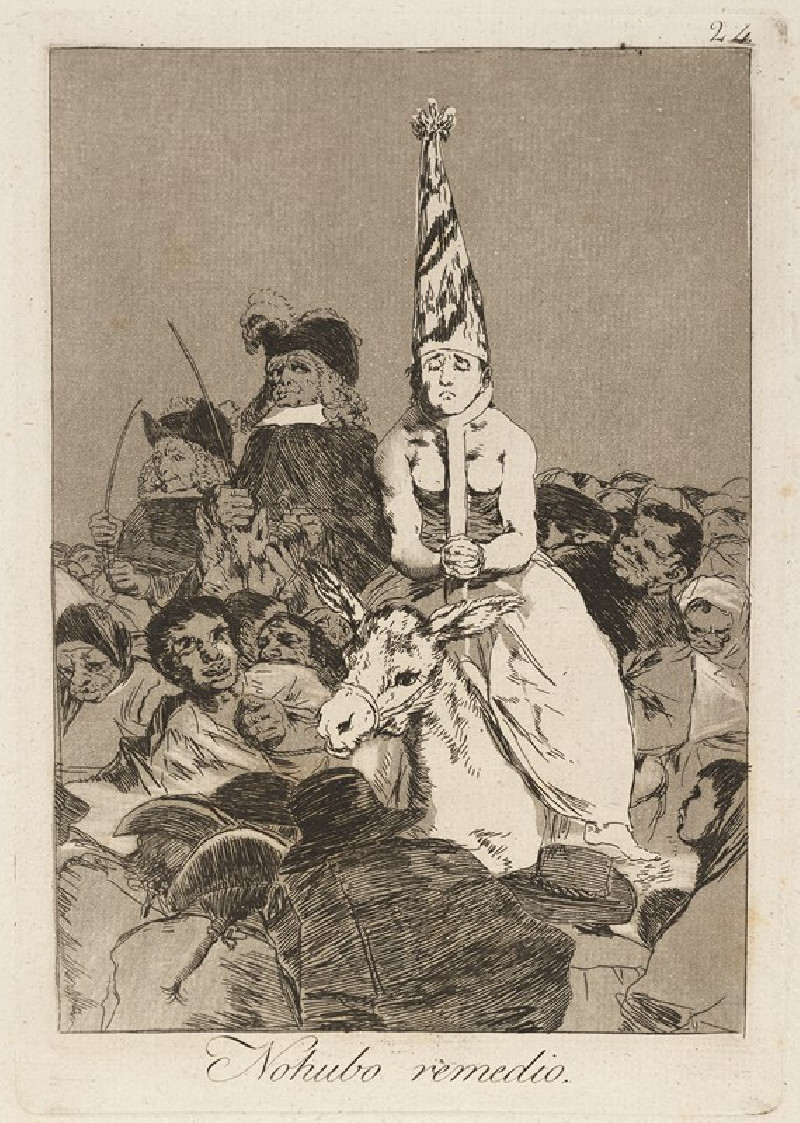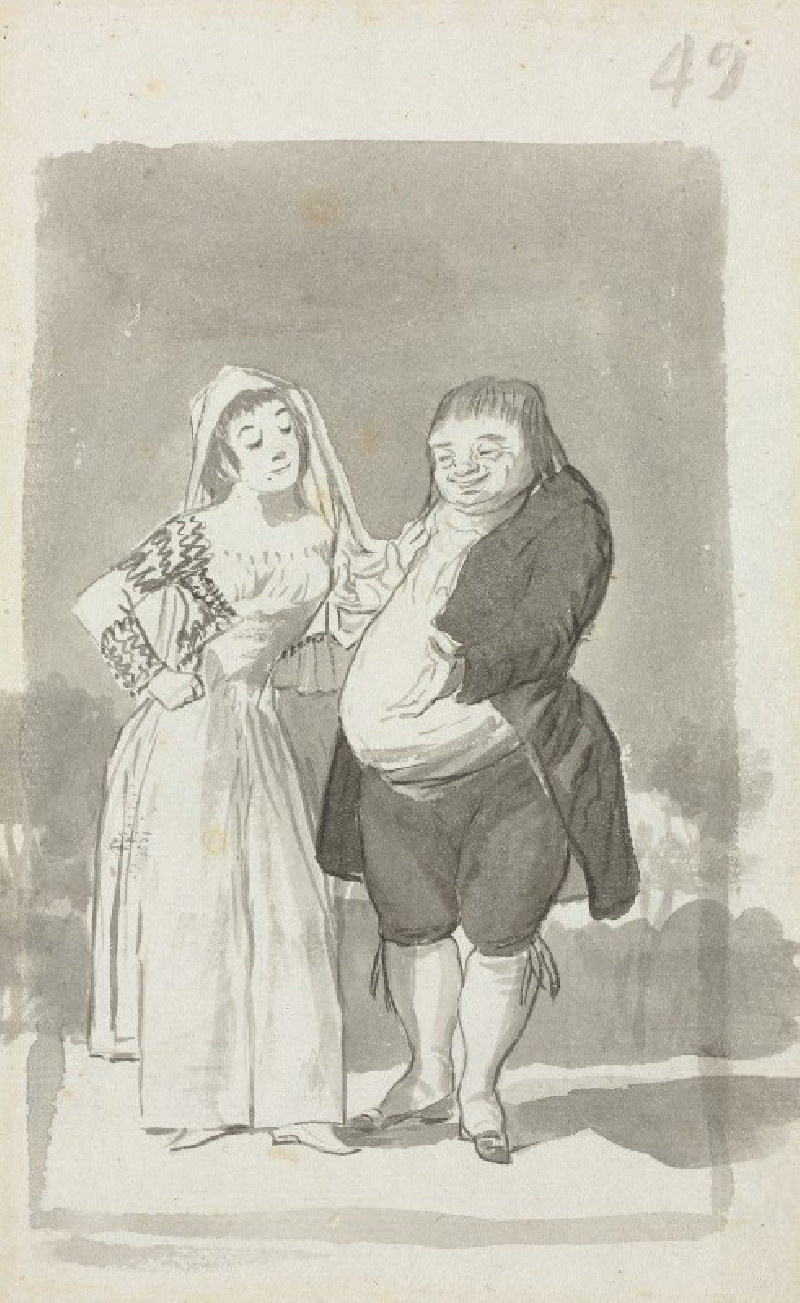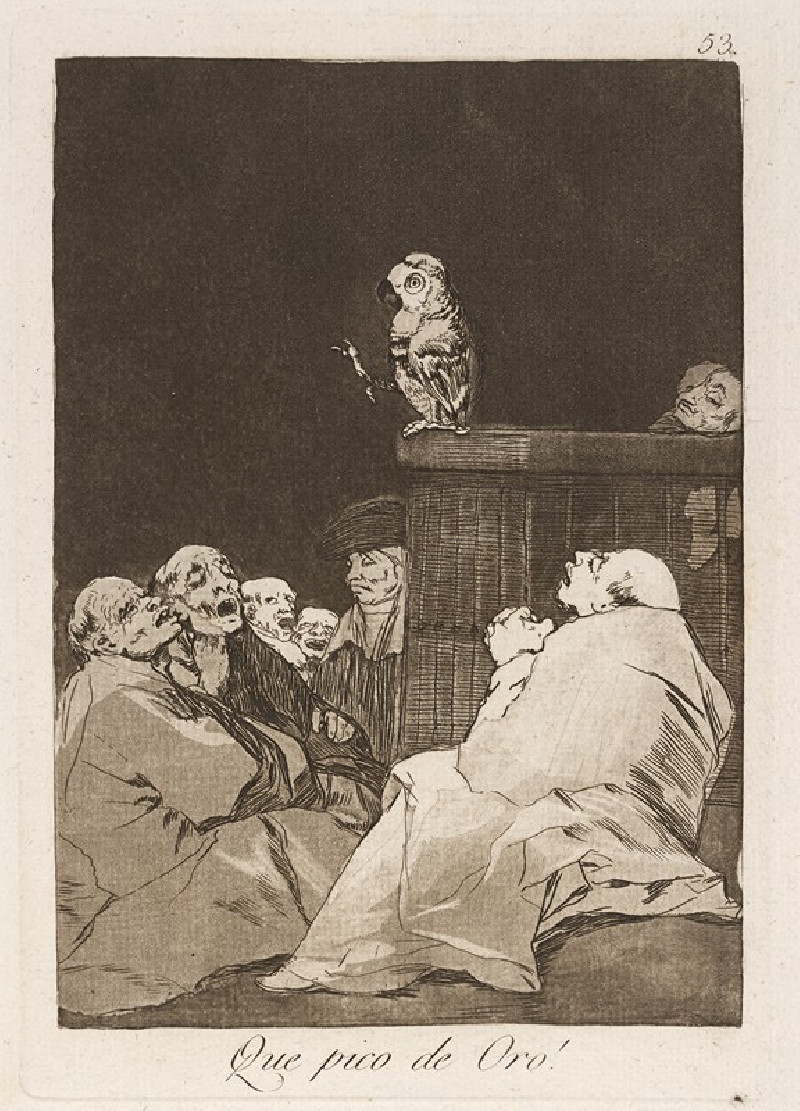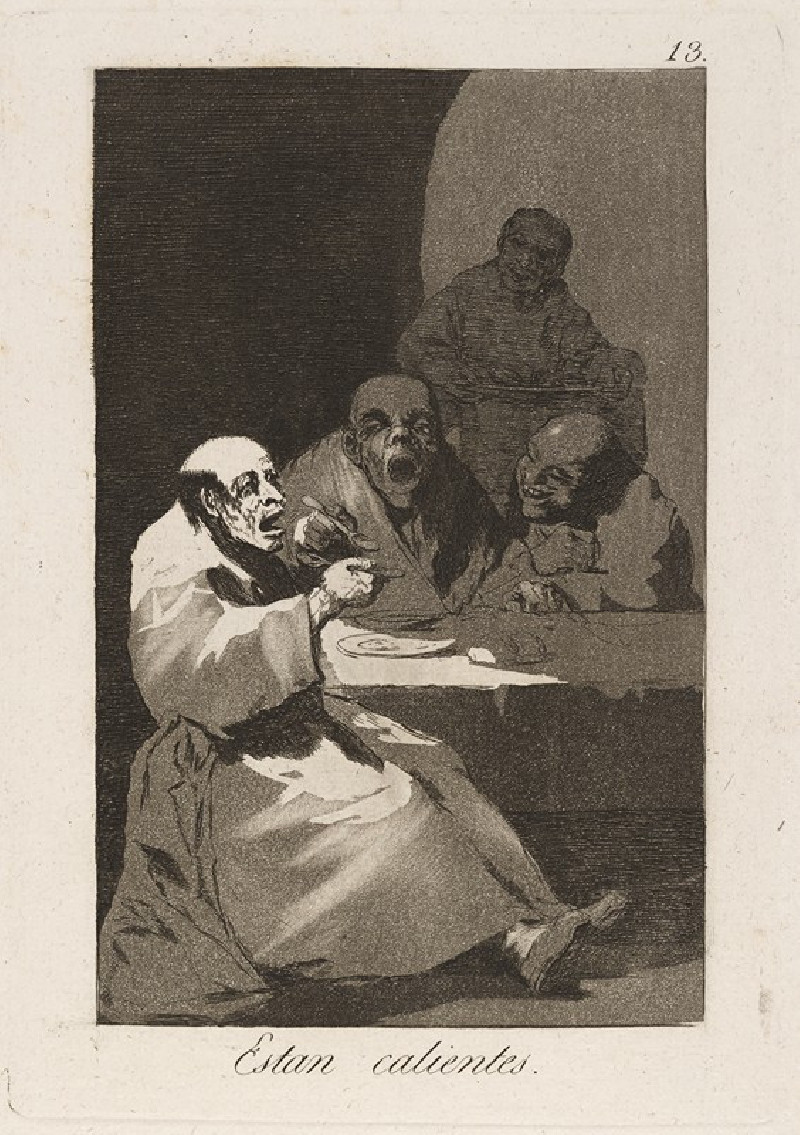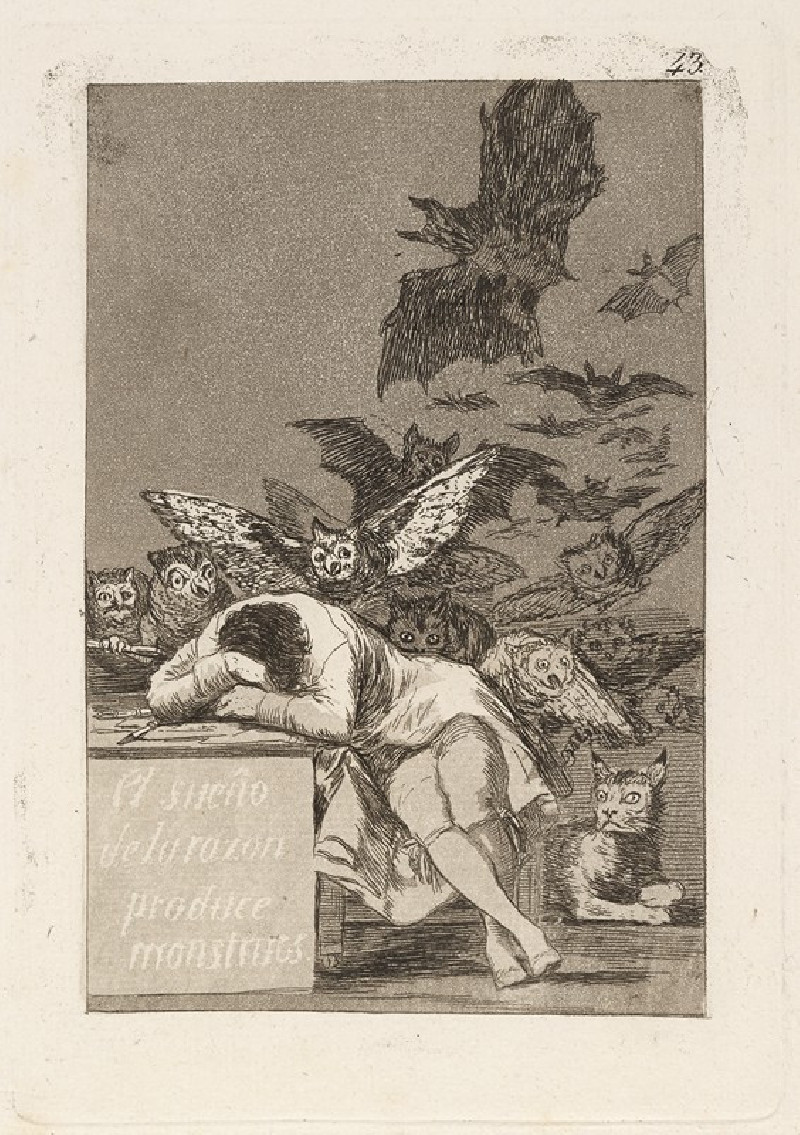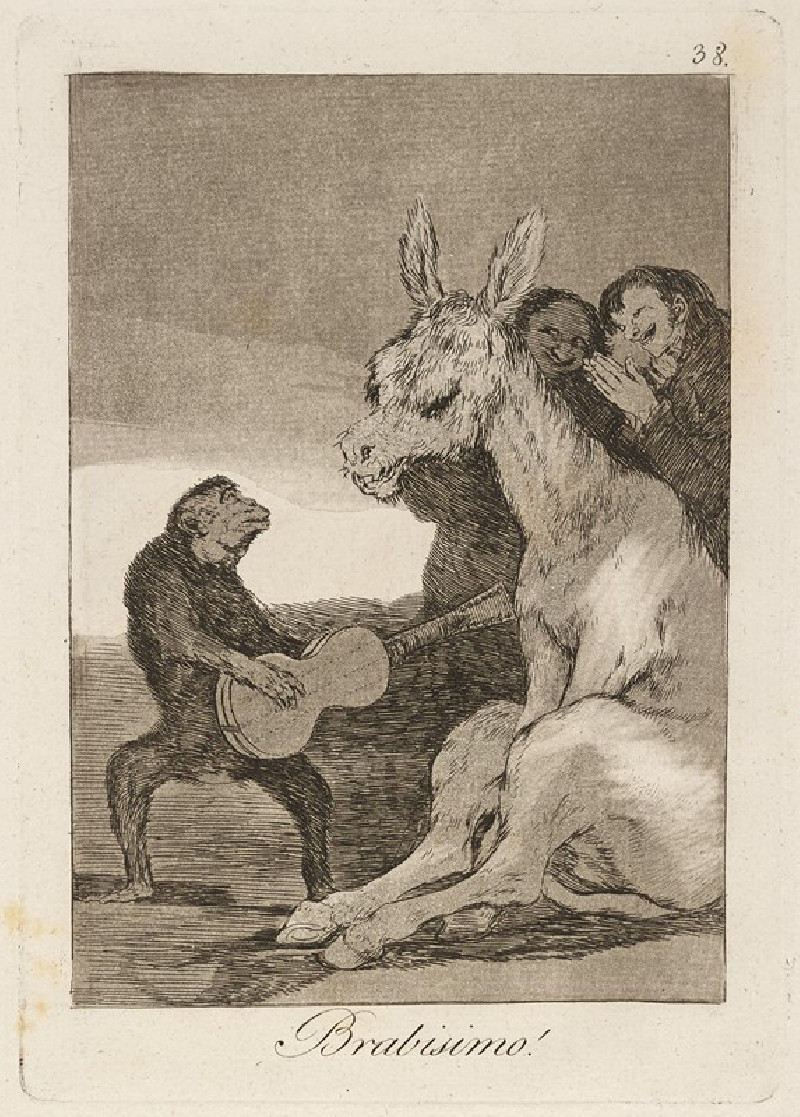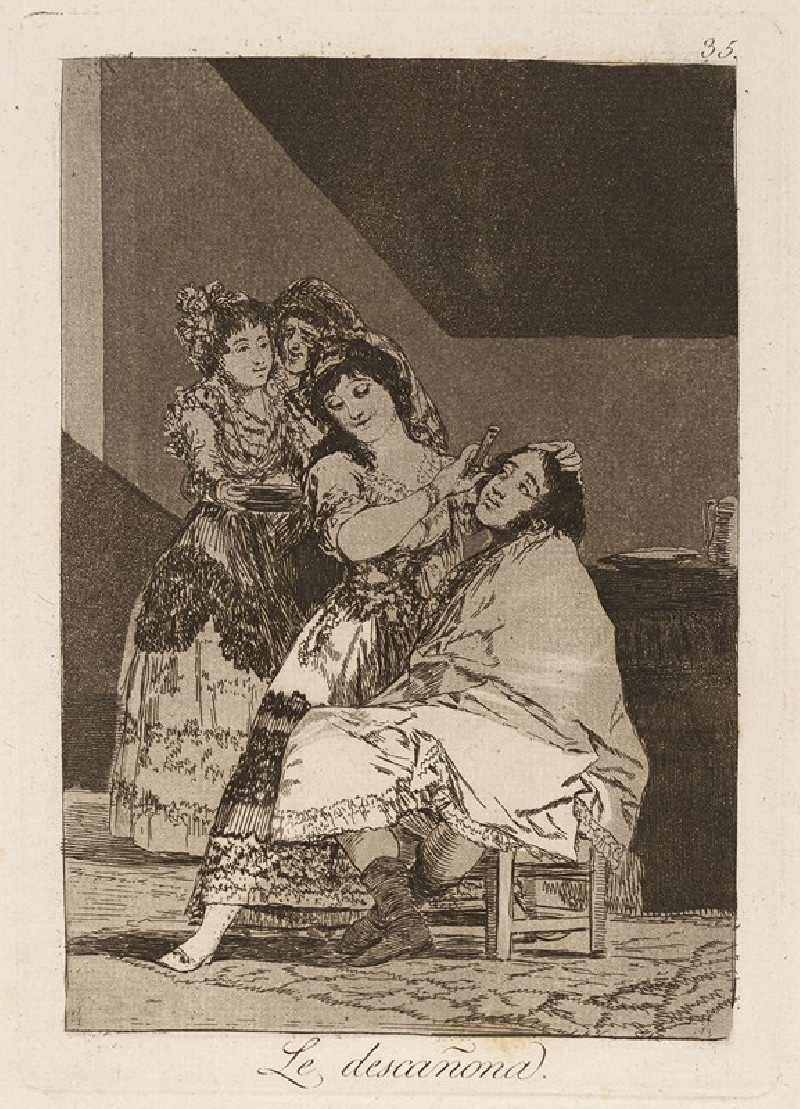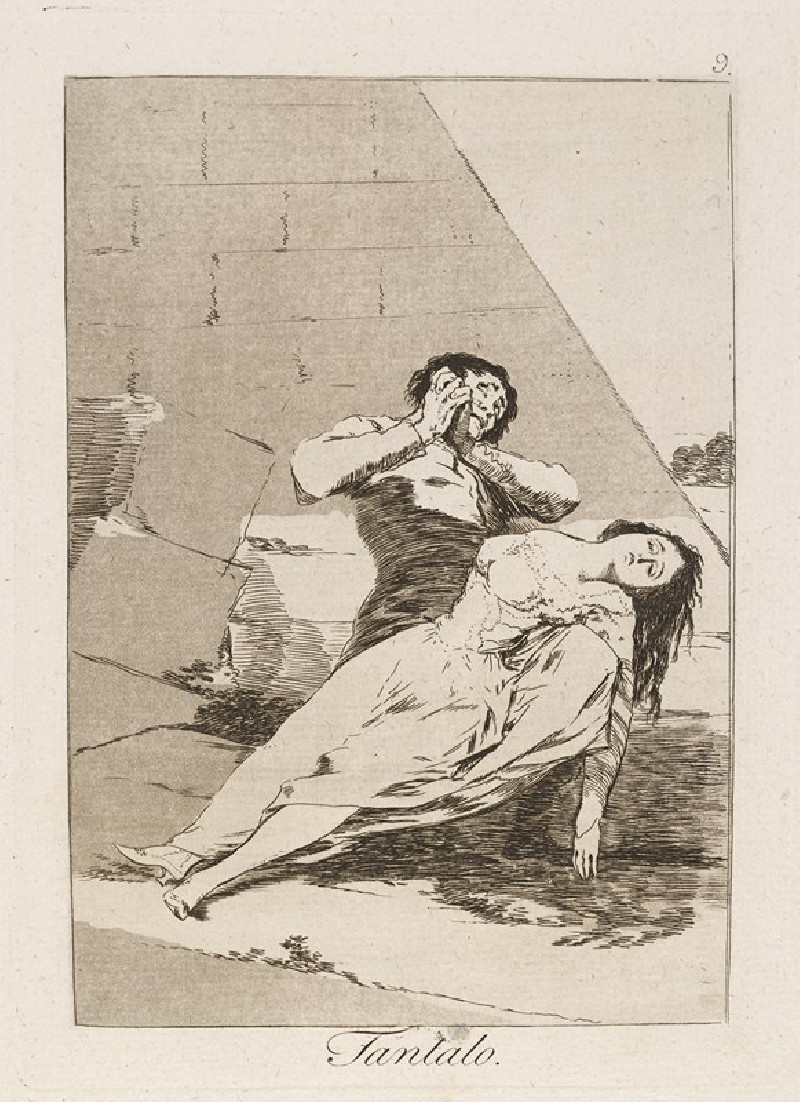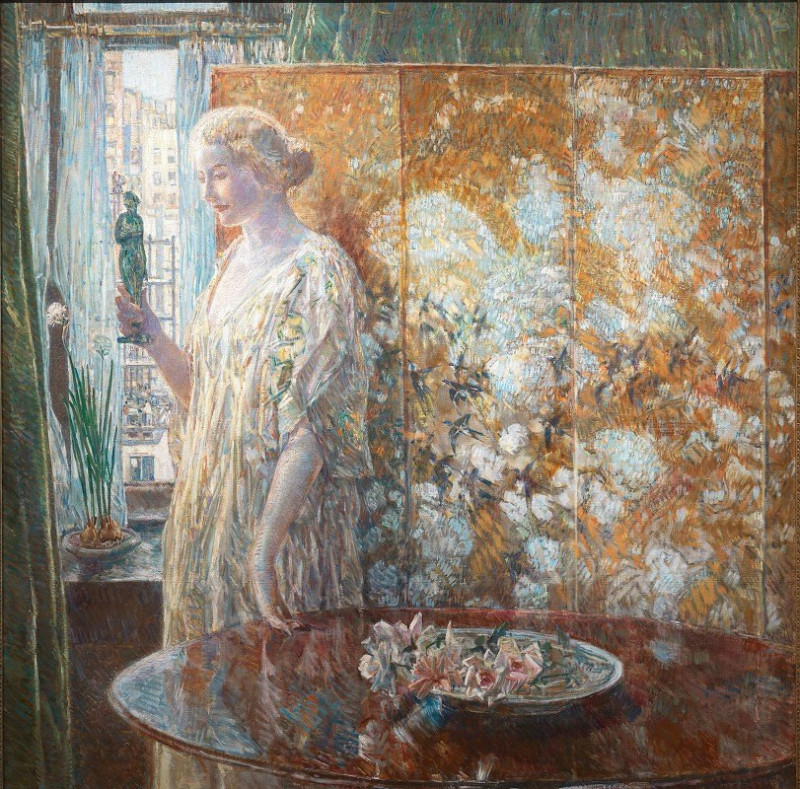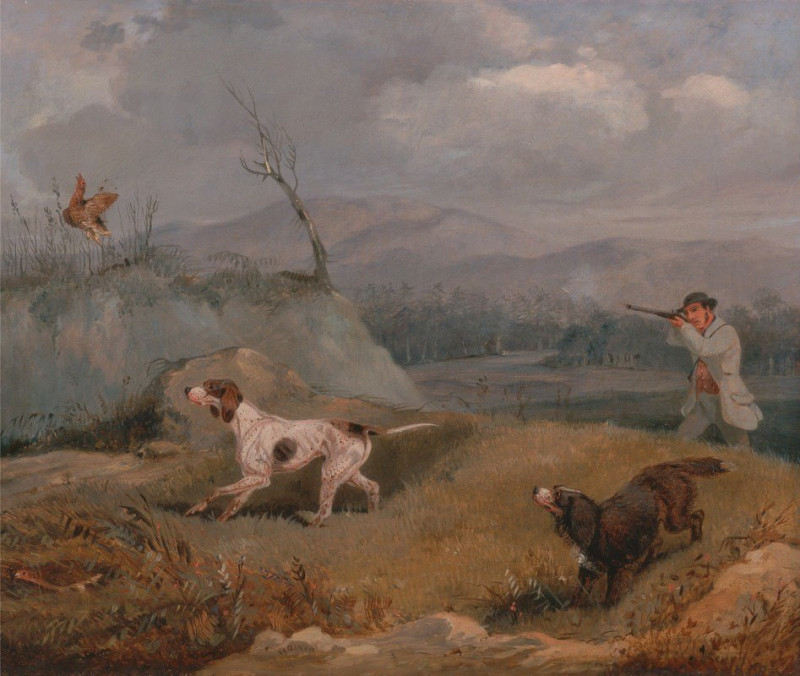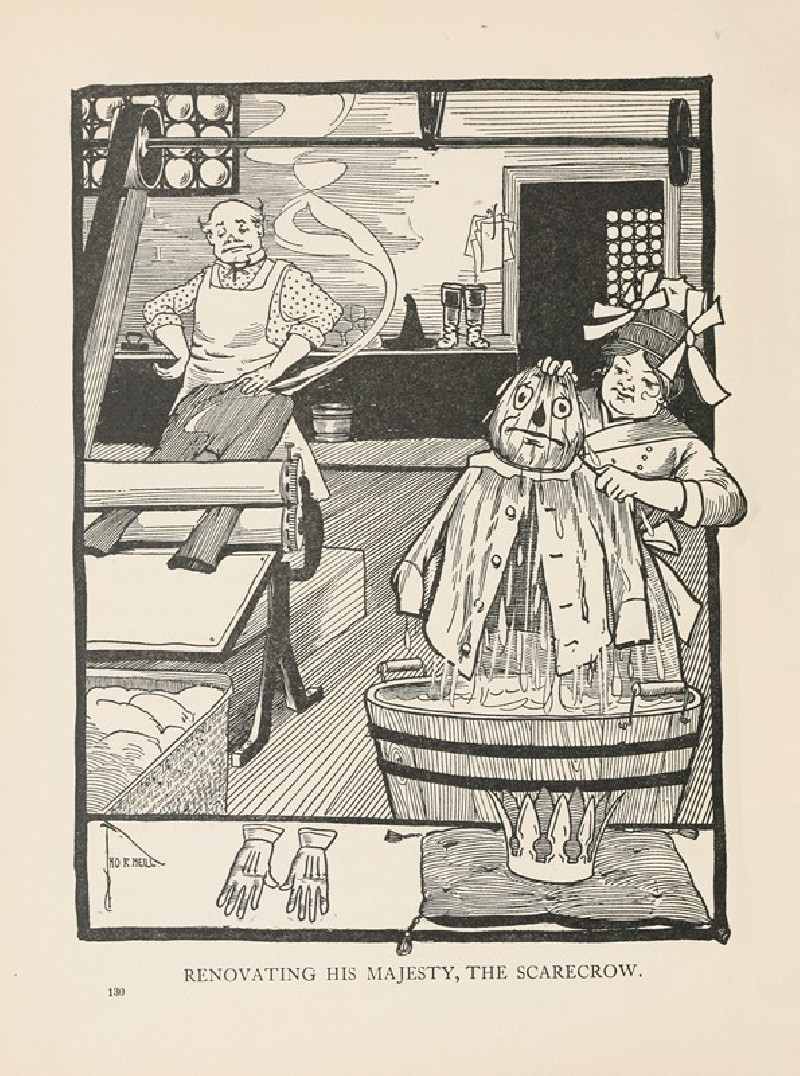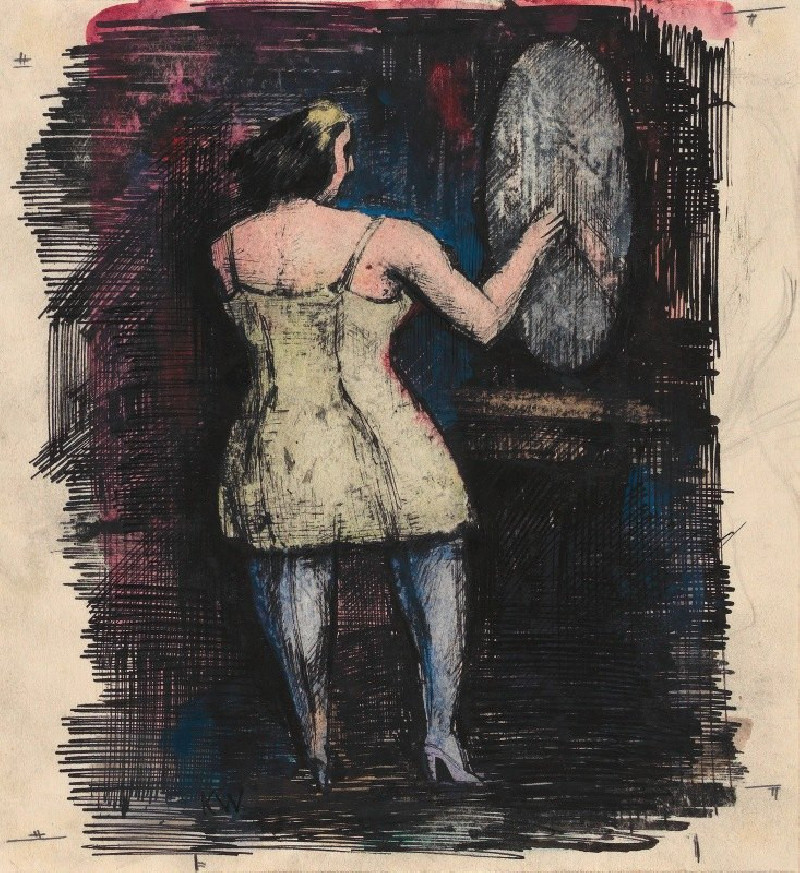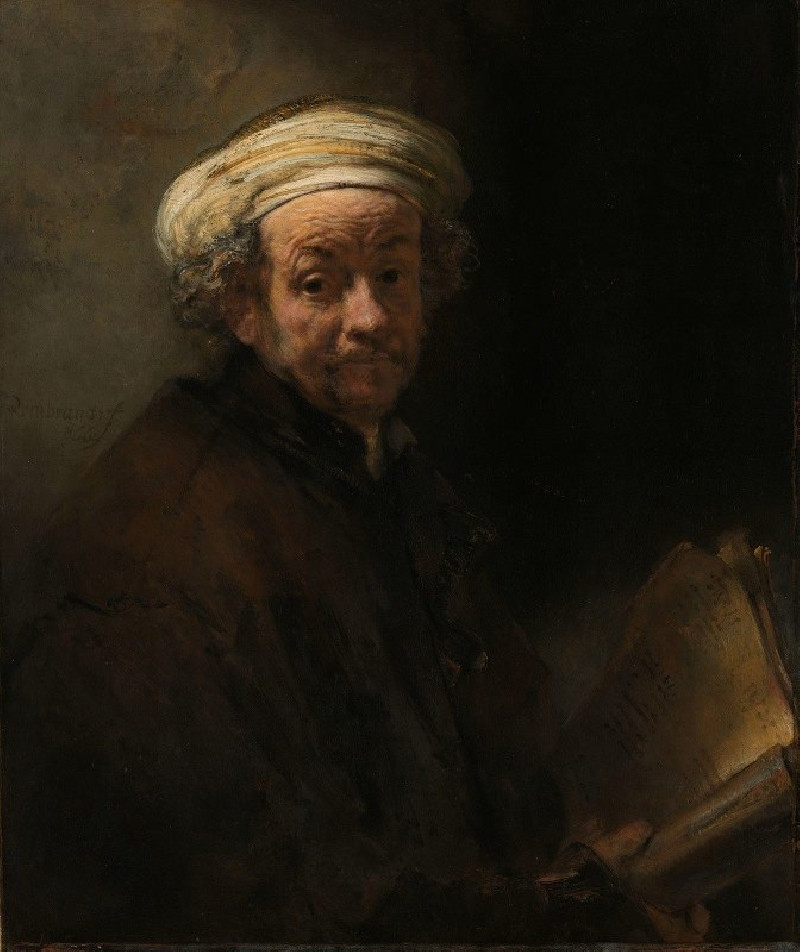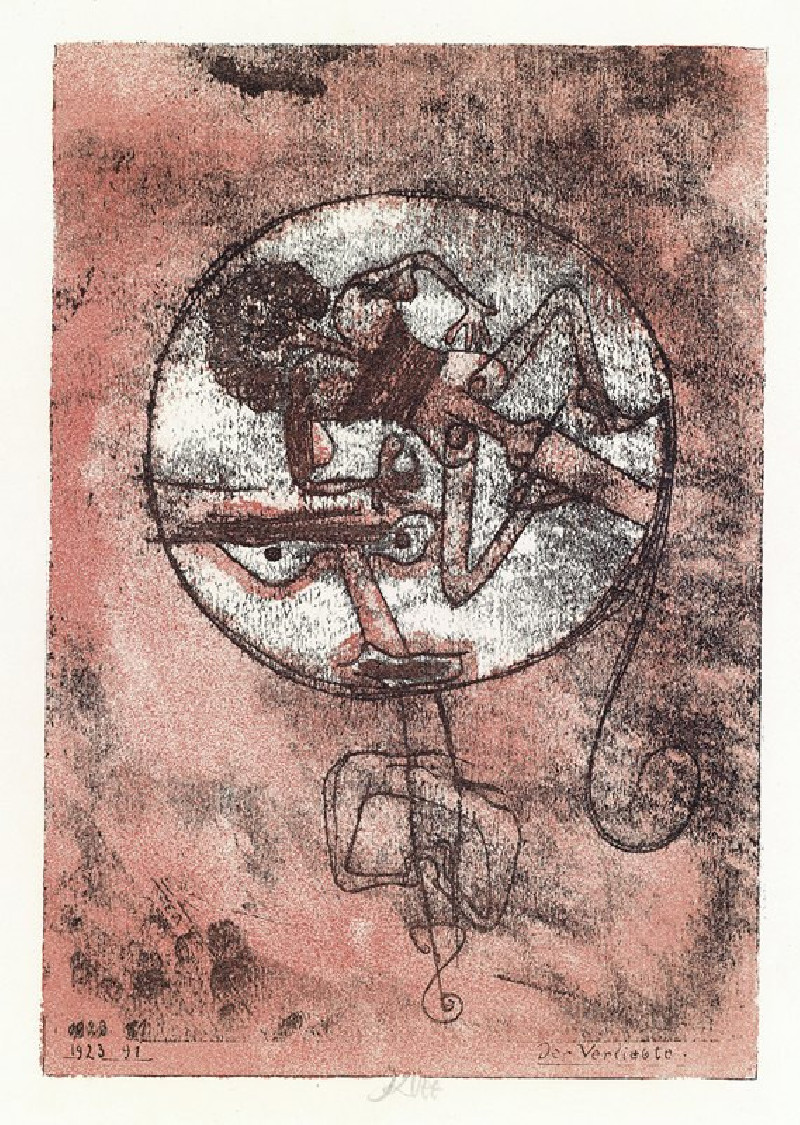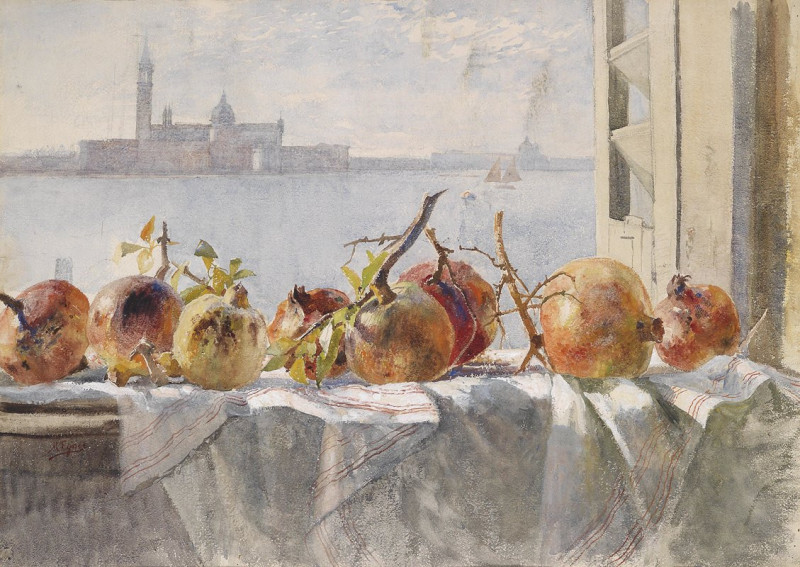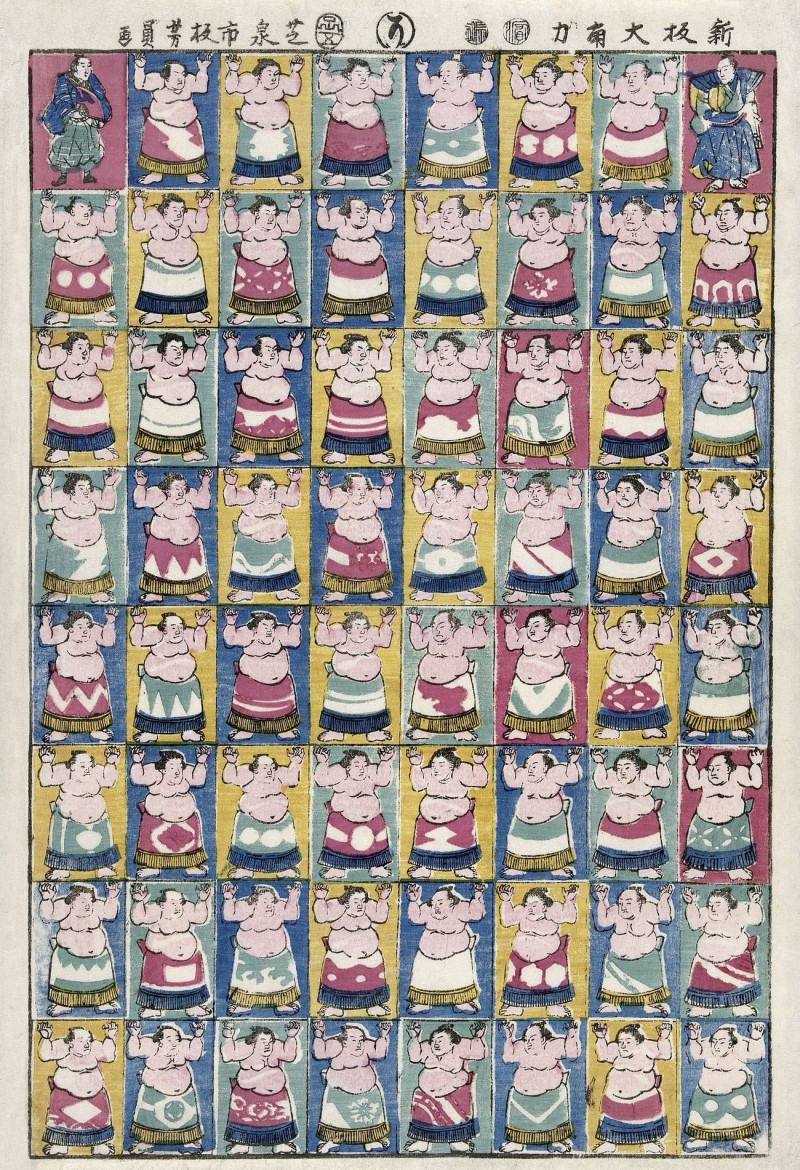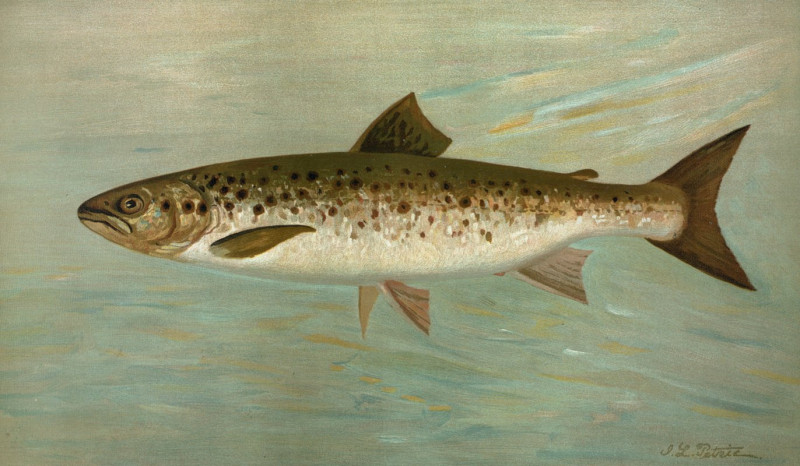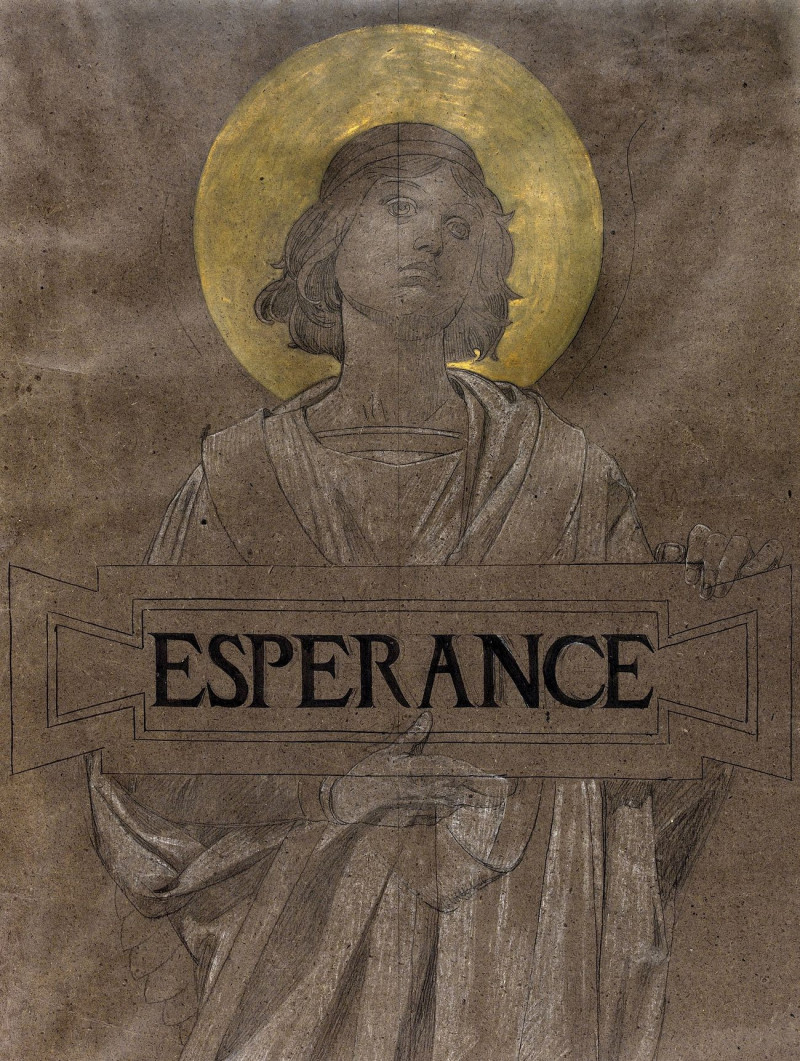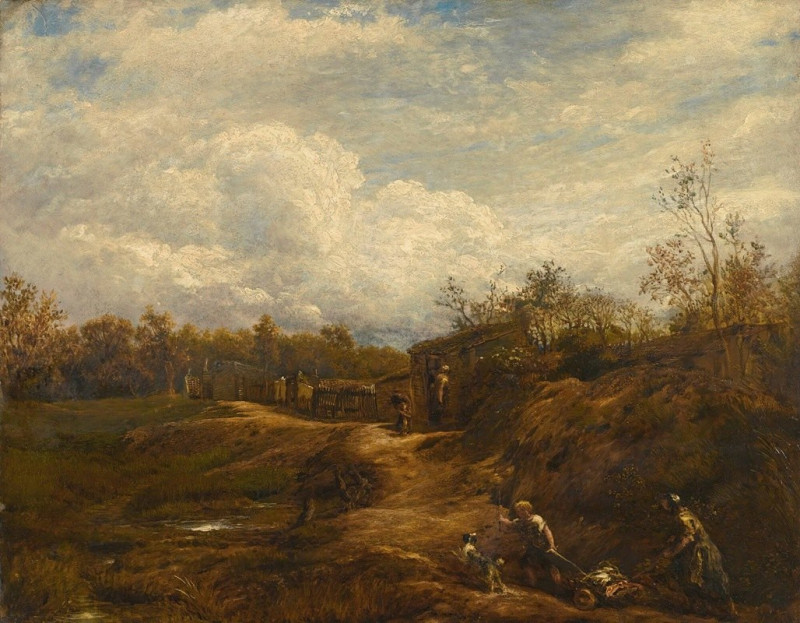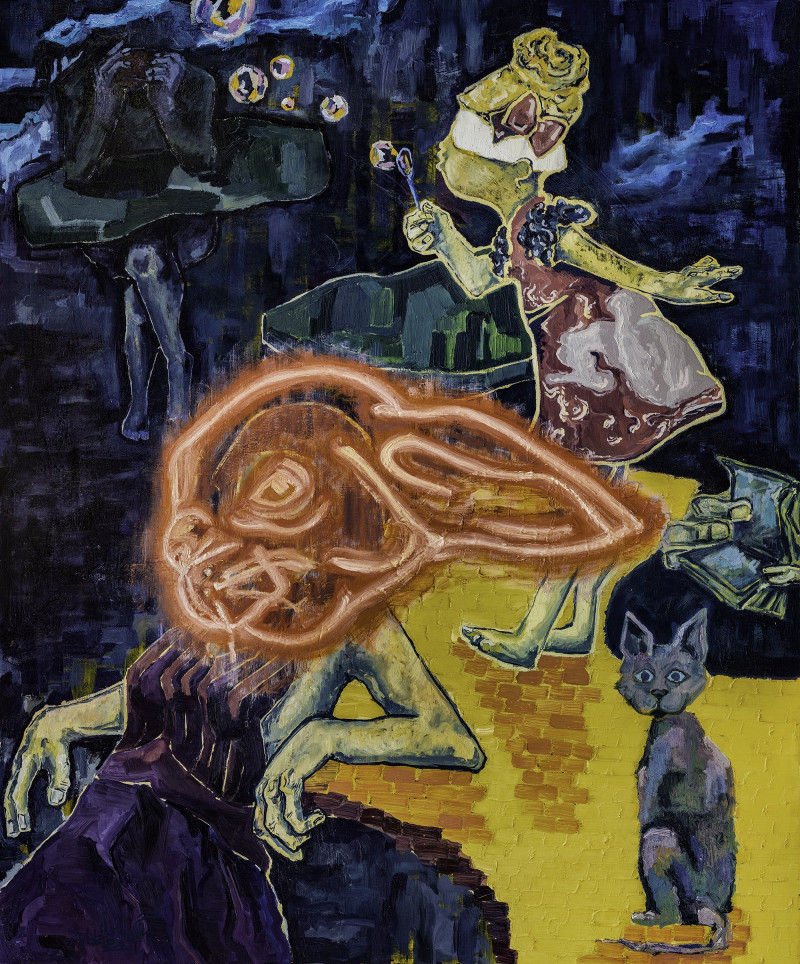Allá vá eso. (There it goes.) (1796-1797)
Technique: Giclée quality print
Recommended by our customers
More about this artwork
Francisco de Goya's etching, "Allá vá eso" (There it goes), created between 1796 and 1797, showcases the artist's profound skill and distinctive voice within the art of printmaking. This piece belongs to Goya's celebrated series, , an ensemble that casts a critical eye on societal follies and superstitions of his time.The striking composition of this etching captures a surreal and dynamic scene where two figures, depicted with remarkably dark and grotesque features, seem locked in a tumultuous aerial battle. Both characters possess bat-like wings and exhibit exaggerated and monstrous facial expressions, underscoring the nightmarish quality that pervades much of Goya's work. The figure on the left defiantly brandishes a stick as if in mid-attack, while the other figure appears to react or defend, adding to the intensity and motion of the scene.With fine, detailed lines and a masterful control of shading, Goya not only brings out the textural contrasts between the ethereal figures and the more tranquil, yet sparsely detailed landscape below but also infuses the scene with a dramatic and almost theatrical essence. The title, "Allá vá eso," suggests a sense of action or consequence, inviting viewers to delve into the narrative mystery and symbolism Goya often employed to critique the moral corruption of society.This etching is a compelling example of how Goya used his art to explore themes of human nature, superstition, and the social and political unrest of his era.
Delivery
Returns
Francisco José de Goya y Lucientes (30 March 1746 – 16 April 1828) was a Spanish romantic painter and printmaker. He is considered the most important Spanish artist of the late 18th and early 19th centuries. His paintings, drawings, and engravings reflected contemporary historical upheavals and influenced important 19th- and 20th-century painters. Goya is often referred to as the last of the Old Masters and the first of the moderns.

